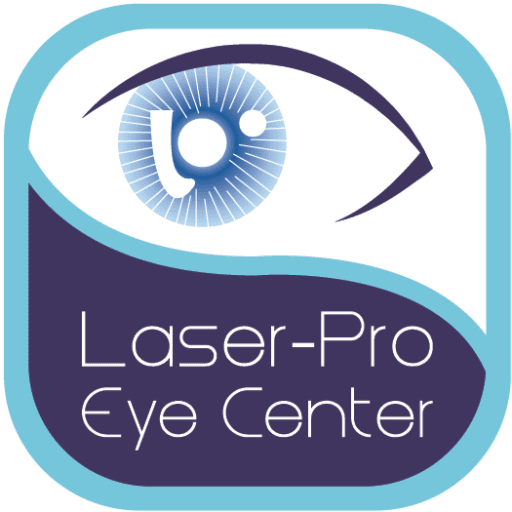Retinal Vein Occlusion (RVO)
Treatment
What is a Retinal Vein Occlusion (RVO)?
Retinal vein occlusion (RVO) is a common cause of painless visual loss that occurs suddenly and can lead to severe loss of vision. It often have related with other significant health problems like high blood pressure, diabetes, and high levels of cholesterol in the blood.
The retina is a transparent layer at the back of the eye that receives visual information and converts it to electrical impulses which is transmitted to the brain via the optic nerve. The blood supply of the retina is predominantly the central retinal artery while the blood flows out via the central retinal vein. Both these blood vessels travel along the optic nerve, which is located at the back of the eye.

What causes Retinal Vein Occlusion ?
RVO occurs due to blockage of the vein. This usually happens when the retinal veins are compressed by the retinal artery next to it. Like all arteries in the body, the retinal artery naturally thickens with age, especially if we have diseases like hypertension and high cholesterol levels in our blood. This thickening of the retinal artery causes narrowing of the retinal vein which is usually located next to the artery. There is reduction of blood flow in the retinal vein leading to blood clot formation and finally total blockage of the vein.
When the retinal vein is blocked, the pressure within the vein increases, causing leakage of blood and fluid out into the retina. The retina also becomes starved of oxygen (ischaemic) and there is an increase in the levels of a growth factor called vascular endothelial growth factor (VEGF). VEGF causes further leakage of fluid from the blood vessels and increases macula oedema.
Sometimes, there is growth of abnormal new blood vessels on the surface of the retina. These blood vessels are fragile and easily bleed into the eye. These blood vessels can also grow in the front of the eye on the pupil and can bleed and cause raised eye pressure. This can be very painful and difficult to treat.
Types of RVO
There are two main types of RVO
- Central retinal vein occlusion (CRVO) and
- Branch retinal vein occlusion (BRVO) which is twice more common than CRVO.
Visual loss occurs due to swelling in the macula (macula oedema), which occurs in both these types of RVO. The macula is the most important part of the retina as it detects very fine detail and colour and any damage to it will cause reduction in our vision.
What are the risk factors for Retinal Vein Occlusion?
There are several major risk factors for developing RVO.
- High blood pressure
- High levels of serum cholesterol, diabetes, and glaucoma.
- For patients younger than 50 years old, they often have blood clotting diseases like high serum homocysteine and antiphospholipid syndrome.
- In females, the use of the oral contraceptive pill is associated with a higher risk of RVO.
Prognosis of RVO

Patients who develop CRVO tend to do badly without any treatment. Only 20% of patients have an improvement of vision without treatment. Most patients (80%) lose significant amounts of their vision with this condition and a large percentage of untreated eyes can also develop glaucoma and bleeding in the eye.
BRVO has a better prognosis than CRVO as the patient’s vision is usually not as badly affected. If there is macula oedema present, the visual acuity does improve with treatment. Less than 1% of patients will develop bleeding in the eye in BRVO.
Treatment of Retinal Vein Occlusion
Treatment of RVO can be divided into two main categories:
- To improve vision by treating macula oedema
- To prevent complications like glaucoma (raised eye pressure) and bleeding in the eye
The two main ways of treating RVO is by using laser to create burns on the retina and by injecting drugs into the eye.
